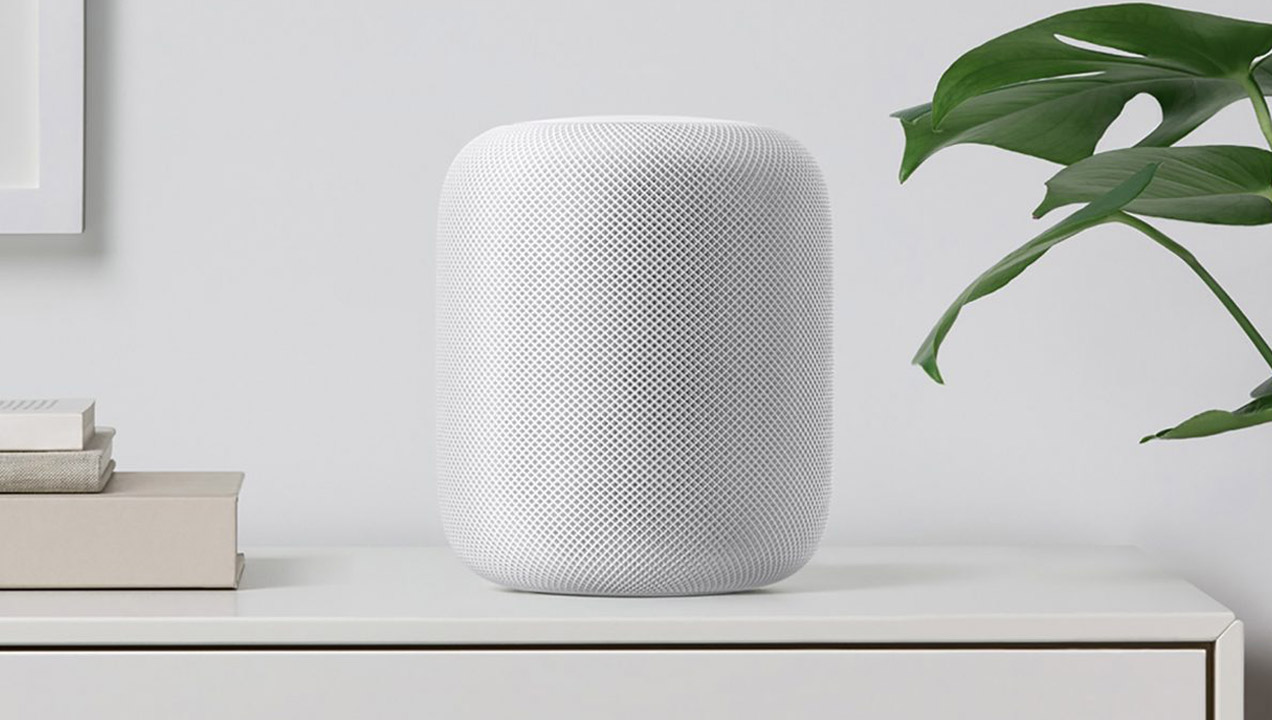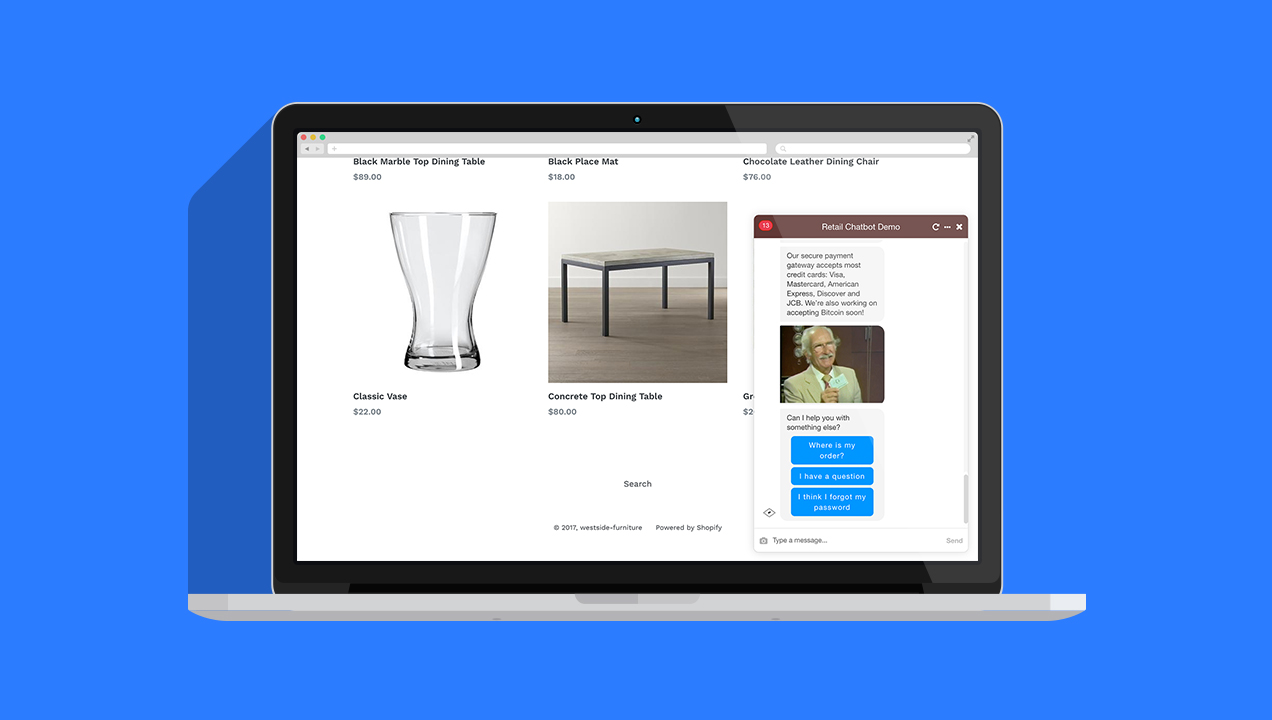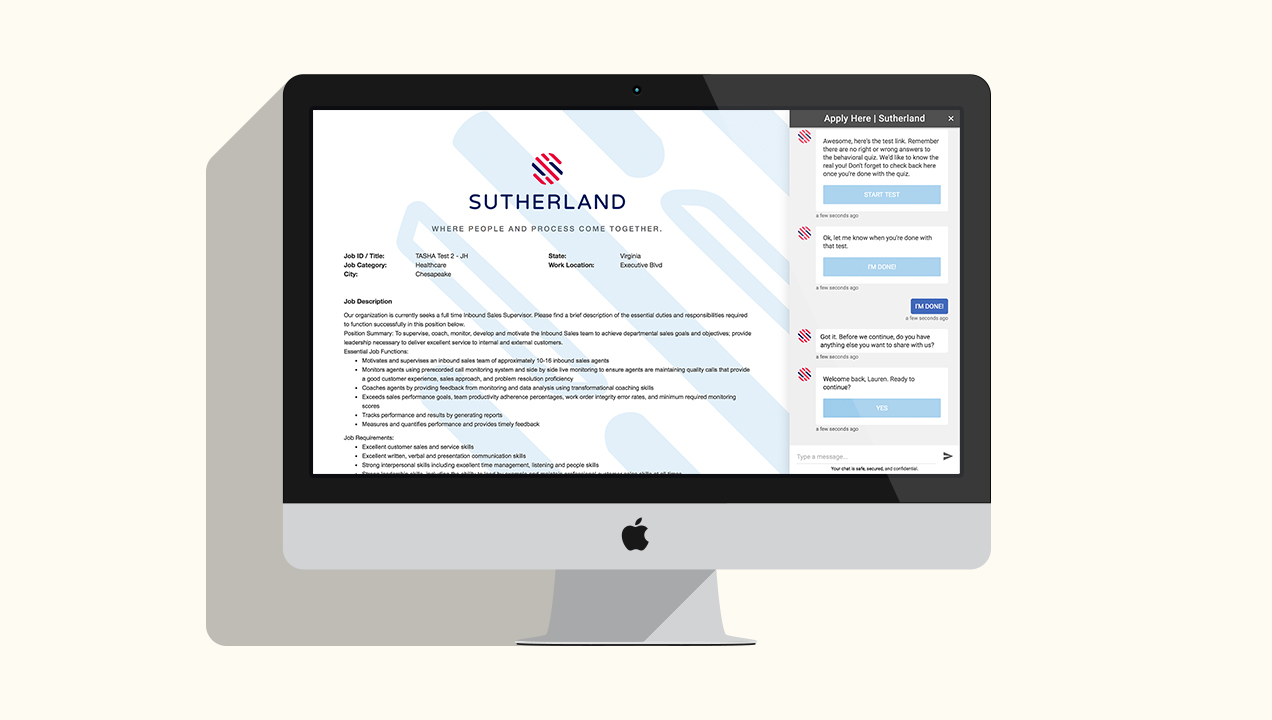Conversational UI: 8 insights into smarter chatbot UX
Are chatbots an important tool when you’re designing smarter customer experiences? Yes. Do they work? Not so much as you’d expect. For chatbots, digital assistants, self-service conversational user experiences, call them what you like, it’s been a rollercoaster ride over the last couple of years.
Between February and July last year, nearly 18,000 new chatbots appeared on Facebook messenger alone. Surveys showed Generation-Z users reported spending up to 4 hours a day with chatbots, and around 27% of customers expressed a preference for chatbot tools in their daily experiences. But, this year Facebook announced it’s refocusing its AI tech away from bots because 70% of Facebook bot chats fail. In fact, regardless of the channel you select, there’s almost daily news that another big name brand has dropped its bot.
Some industry commentators are asking if chat is a burst bubble, but remember there was a dotcom bubble once, and after that burst many commentators wondered if the web was over, too. It wasn’t. It’s more likely what’s really happening is a predictable boom-bust hype curve. All new tech experiences it, in one form or another. Just like the early days of the commercial website ecosystem where the mass market forms we take for granted today took a while to emerge, chat isn’t over, it’s just taking time to mature.

Credit: Apple Inc
The huge success of Amazon’s Alexa, the launch of Google Home and Apple’s hotly anticipated Siri-powered ‘HomePod’ suggests the concept of conversational user experiences isn’t going away anytime soon. However the boom-bust hype is an inflection point for the conversational interface industry. It means rethinking the way we use bots and designing them better. At Sutherland we’ve been building digital assistants using text interfaces and voice commands for a while now, and here’s 8 insights we’ve gained to define a more robust, reliable conversation design process to improve the customer experience of chat interfaces.
1. Spend more time writing than coding
The single most surprising thing I’ve learned from each conversation design project is this: You will spend more time on writing the script than the software engineering. Designing conversations isn’t primarily a software engineering challenge, chatbot success, like movies and games, largely depends on the quality of the script. More than that, the script depends on researching an in-depth understanding of the customer journey. Human-centric research and UX design thinking is essential for the writing process (fortunately, that’s what Sutherland Labs is all about).

The most important part of any script (screenplay, novel, movie, blockbuster RPG or chat) is the opening line. We worked on a HR recruitment bot, and spent 3-4 weeks (including on site user research) to define the initial opening lines, then subsequently spent several more weeks testing and refining the first drafts. That opening interaction is critically important because it’s the hook that captures the user’s attention and motivates them to complete their goals through the chat interface, so it should be part of an ongoing process of continual testing a refinement.
Opening interaction is critically important because it’s the hook that captures the user’s attention and motivates them to complete their goals through the chat interface, so it should be part of an ongoing process of continual testing a refinement.
Don’t underestimate the writing challenge this represents. It’s the kind of ‘micro-copywriting’ skill your regular copywriters might not have because engaging two-way natural language dialogue isn’t generally needed in other areas of UX writing. Chatbot scripts aren’t static, they have to handle multiple variations in the form of words used to understand the user’s intent and convey the same information back to them in a format that is responsive to their natural language.

2. Chat is emotional
Another lesson from the world of scripted entertainment is recognizing the user’s need to emotionally engage with the characters (in the chat UX case, this means the bot). Where traditional software engineering processes aim to move users logically from point A to B (like dragging and dropping files) a chat needs to convince a user that the bot is actually conversing with them interpersonally. That’s not to say the bot has to pass the Turing Test for simulating a human chat, consider the goal more like emulating a well designed customer support script by a well trained support agent.
In effect, you need to make the user relate to the bot, which means making it feel more human. Making the bot feel human means scripting unanticipated replies, dynamic responses that convey a feeling of empathy. That’s the difference between pushing buttons on a vending machine and chat. Banter (unpredictable, improvized components of friendly conversation) engages people emotionally in conversations. It’s why we enjoy talking to friends and colleagues more than formal conversations where good-natured banter is lacking, like talking to a tax auditor at the IRS or whatever. A good chatbot script should convey the good natured mannerisms of a well trained support assistant, not the robotic feel (we’ve all experienced) of an overly formal human support assistant sticking to a clumsily designed customer service script.
Making the bot feel human means scripting unanticipated replies, dynamic responses that convey a feeling of empathy. That’s the difference between pushing buttons on a vending machine and chat.Banter (unpredictable, improvised components of friendly conversation) engages people emotionally in conversations.
3. Leverage the canvas & use the full spread of channels
Every messaging channel has a wide range of features that enrich conversation design, and most ‘omni-channel’ customer experience interactions combine automated interactions (e.g. online) with digital receipts like emails or TXT messages to confirm the outcome of the interaction. Remember, the chatbot is still a form of UI, and so all the usual UI tools (like emojis, quick response buttons, graphics, videos and audio feedback) have a role to play in the chat experience. It’s useful to assume best practice from other web and mobile interactions, set user expectations that reference other channels they use, use breadcrumbs to clarify the stages of chat journey, and affordances (like using a smiley for ‘yes’ or a sad face emoji for ‘no’).

For example, a thumbs-up ‘like’ emjoi replaces a line of ‘thank you’ text, gives the user an unexpected dynamic response (creating banter-like experiences) and deepens the visual experience of the UI. We’ve learned to be resourceful with every object at our disposal in chat design, so if there’s baked-in functionality in the chat channel, experiment with using it to enrich the chat experience. On the flipside of that approach, in addition for designing for the most used apps and channels, consider the feature depreciation in channels that lack rich UI potential, like SMS (which lacks buttons etc.) and Voice (where the visual aspect of the UI doesn’t exist). It’s a question of building a range of options for the UI aspect, enabling rich responses in some channels, and compensating for the lack of UI in others.
4. Brand conversations appropriately
Bots don’t live in isolation, they’re part of an overall branded experience. You need to define your conversation in the light of the branding goals and constraints that apply to everything a client does. The bot’s personality is an avatar of the brand’s personality. That could mean funny, inquisitive, serious, or a thousand other language tonalities. A bot should reflect the tone of the brand’s advertising and marketing, because even a great bot can fail if you get the branding wrong. We spend a long time reflecting on getting the brand personality right, and using the existing tone of advertising material can be very effective for making it feel brand appropriate.
5. Contextual surprises make bots more likeable and useful
Imagine meeting someone and chatting, then meeting them again a few days later and realizing they don’t remember you, but worse than that, they ask you the same bunch of questions again. That’s a frustrating experience. It’s the same with bots. A bot that says “hello again!” or asks you “hey, did you get those pants you wanted?” builds a positive customer experience. It also optimizes the value of the bot by making it more useful in repeat usage scenarios. The HR bot we designed was created to recognize users who’d been before, and greeted them with a ‘welcome back’. Use customer profile data effectively to personalize the chat experience and the bot is much more effective.

6. Chat is like comedy… it’s all about timing
It would be irritating if you called up a store and asked the clerk “hey, when do you open in the morning?” and they took 60 seconds to think about it before they answer. That kind of question usually needs an instant reply. So, it’s natural to assume all natural language processing needs to be similarly instantaneous, but that’s not the case.
Let’s say you ask the store clerk to help you match a shirt with some pants you just bought. In that exchange, you’re more likely to take their advice if you can see they’re taking time thinking about their answer, not blurting out an instant response “the pink one” as soon as you finish asking the question. You expect a pause. You want to feel like they’ve thought about their answer. The same applies to bot conversations too.
We’ve experimented a lot with this kind of response. Incorporating pause interactions like “Hmm… give me a moment,” simulates human responses more accurately in certain contexts. This helps the user to engage emotionally with a simulated human response, it makes it seem like the bot is actually thinking as opposed to processing data instantaneously (which is closer to what’s really happening).
7. Make sure the user always wins
Interfaces always have limits, and for chat interfaces there is always the risk the bot can’t give the answers the user is looking for, which explains why so many fully-automated bots fail. Users are unforgiving when it comes to broken customer experience journeys. So we’ve learned to purposefully engineer all our bots to work in synch with a human to avoid that scenario.
Users are unforgiving when it comes to broken customer experience journeys. So we’ve learned to purposefully engineer all our bots to work in synch with a human to avoid that scenario.
A bot is, in business process terminology, digital labor. So every bot deployment needs to be considered in the context of a digital labor program. This means supervising the bots with human operators who can intercede in a chat where the bot is failing. Repeated questions and inappropriate language signal a frustrated user, and a bot that gives multiple “I don’t understand” responses indicates the same. Those are trigger events that should always signal a human operator to take over the chat. Think of it as a customer experience failsafe. Users get angry with unresponsive bots, and causing user frustration is a customer experience fail.
8. Remember designing conversations is an iterative process
We always have high expectations of a new technology, but often too many of them are placed on the first generation of the tech. All tech platforms take time to mature and deliver on their initial promise, so you have to separate out the potential of the tech from what’s reliable and achievable as a commercial platform solution for today’s real world.
That means investing in a robust conversational UX testing program. It also means using agile development to engage in a process of ‘diligent augmentation’, a structured software engineering approach to refine the bot and release new iterations based on your UX research. The whole UX industry has always represented an ongoing conversation between designers, engineers and users, and conversation design is no different.

Designing the future of conversations is also about having conversations…
Hopefully, in this post I’ve shared some simple approaches to avoid designing flaws into your conversational interfaces. Chat isn’t a burst bubble. It has huge potential, right now, to create genuinely useful and engaging user experiences. So get building, learn from the process and share your experiences to help improve the whole product category.
That’s an important conversation between humans… because it’s the smartest way to make chatbots that have important conversations with humans.
